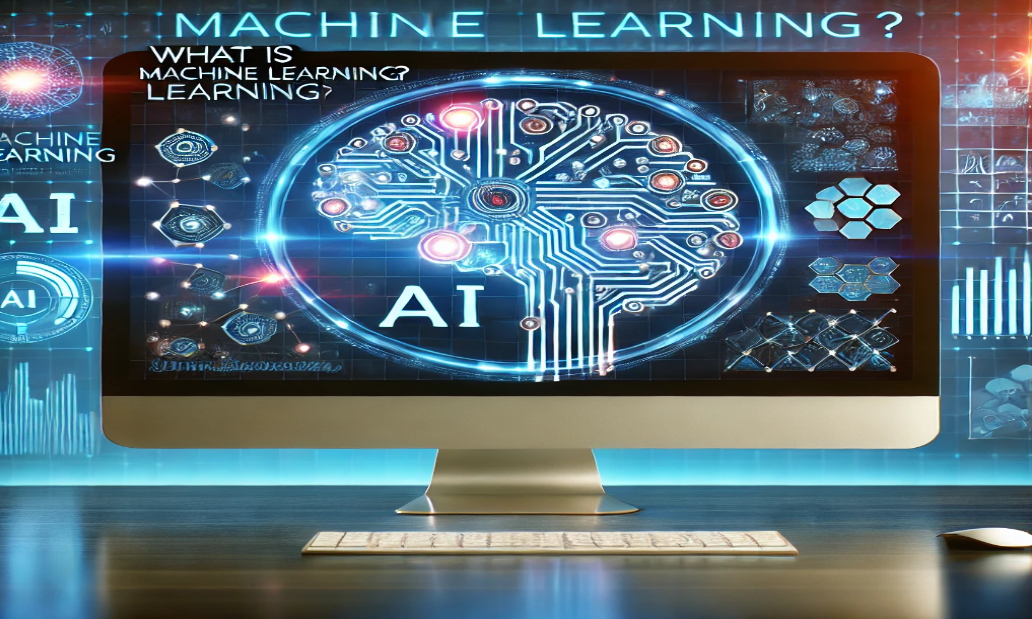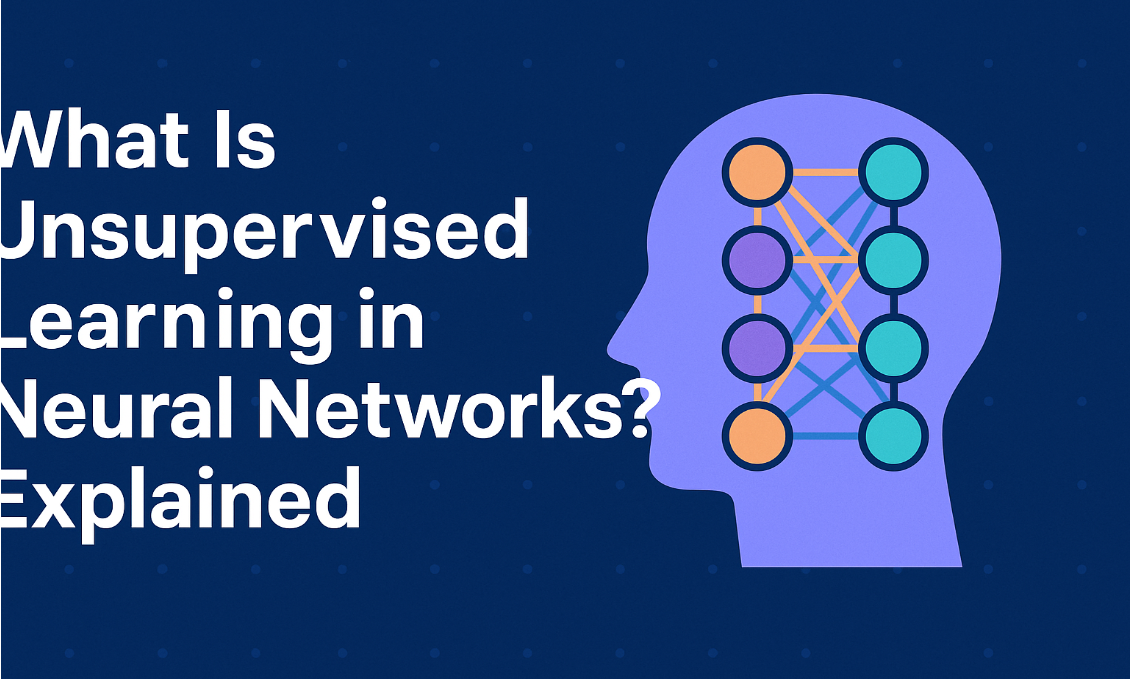
Introduction to Machine Learning: A Comprehensive Guide
Table of Contents
- Introduction to Machine Learning
- History of Machine Learning
- How Machine Learning Works
- Types of Machine Learning
- Supervised Learning
- Unsupervised Learning
- Reinforcement Learning
- Machine Learning Algorithms and Examples
- Applications of Machine Learning
- Advantages of Machine Learning
- Disadvantages of Machine Learning
- Difference Between AI and Machine Learning
- Machine Learning Courses & Certifications
- Problem-Solving Example in Machine Learning
- Conclusion
- FAQs
Introduction to Machine Learning
Machine Learning (ML) is a subset of artificial intelligence (AI) that enables computers to learn from data and improve their performance without being explicitly programmed. It allows machines to identify patterns, make predictions, and automate complex tasks. From voice assistants like Alexa to self-driving cars, ML is revolutionizing industries worldwide.
History of Machine Learning
The concept of machines learning from data dates back to the 1950s when Alan Turing introduced the idea of a "learning machine." Over the years, ML has evolved from simple rule-based systems to complex neural networks. Some key milestones include:
- 1950s: Arthur Samuel developed a self-learning checkers program.
- 1960s-1980s: Development of the first neural networks and decision trees.
- 1990s-2000s: Rise of support vector machines and big data analytics.
- 2010s-Present: Deep learning and AI-driven applications dominate industries.
How Machine Learning Works
Machine Learning operates by feeding large amounts of data into models that learn patterns and make predictions. The core process includes:
- Data Collection – Gathering relevant datasets.
- Data Preprocessing – Cleaning and transforming data for analysis.
- Model Selection – Choosing the right algorithm for the task.
- Training the Model – Feeding data into the algorithm to learn patterns.
- Testing and Validation – Evaluating model performance.
- Deployment and Monitoring – Implementing the model in real-world applications.
Types of Machine Learning
1. Supervised Learning
In supervised learning, the algorithm learns from labeled data. Examples include:
- Spam detection (Email classification as spam or not).
- Image recognition (Identifying objects in photos).
2. Unsupervised Learning
Here, the model works with unlabeled data and identifies patterns without predefined labels. Examples include:
- Customer segmentation (Grouping similar customers in marketing).
- Anomaly detection (Detecting fraud in banking transactions).
3. Reinforcement Learning
This type of learning involves training agents to take actions to maximize rewards. Examples include:
- Game AI (AlphaGo beating human champions).
- Robotics (Self-learning autonomous robots).
Machine Learning Algorithms and Examples
- Linear Regression – Predicting house prices based on square footage.
- Decision Trees – Classifying whether a person will buy a product or not.
- Random Forest – Weather forecasting models.
- Support Vector Machines (SVM) – Image classification.
- Neural Networks – Voice and facial recognition systems.
Applications of Machine Learning
- Healthcare: Predicting diseases and drug discovery.
- Finance: Fraud detection and risk assessment.
- E-commerce: Personalized recommendations.
- Self-Driving Cars: Real-time traffic analysis and autonomous navigation.
- Social Media: Content recommendations and fake news detection.
Advantages of Machine Learning
✅ Automates decision-making processes.
✅ Handles large volumes of data efficiently.
✅ Continuously improves with more data.
✅ Reduces human intervention in repetitive tasks.
✅ Enhances user experiences (e.g., personalized content recommendations).
Disadvantages of Machine Learning
❌ Requires large datasets for training.
❌ High computational power is needed.
❌ Can be biased if trained on unbalanced data.
❌ Lack of interpretability in deep learning models.
Difference Between AI and Machine Learning
| Feature | Artificial Intelligence (AI) | Machine Learning (ML) |
|---|---|---|
| Definition | Broader field that enables machines to mimic human intelligence. | A subset of AI focused on learning from data. |
| Scope | Includes ML, robotics, and expert systems. | Primarily focuses on pattern recognition and predictions. |
| Examples | Virtual assistants, autonomous robots. | Email spam filters, recommendation systems. |
Machine Learning Courses & Certifications
If you’re interested in learning ML, here are some top courses:
- Google Machine Learning Crash Course (Free) – Ideal for beginners.
- Coursera’s Machine Learning by Andrew Ng – Highly recommended.
- Udacity’s Machine Learning Nanodegree – Hands-on projects included.
- IBM Data Science Professional Certificate – Covers ML applications in business.
Problem-Solving Example in Machine Learning
Problem: Predicting whether a customer will purchase a product based on past behavior.
Solution:
- Collect past customer data (purchase history, age, income).
- Clean the dataset (remove missing values).
- Use a supervised learning algorithm like Logistic Regression.
- Train the model on 80% of the data and test it on 20%.
- Evaluate accuracy and refine the model if necessary.
Conclusion
Machine Learning is a game-changer in today’s digital world. From automation to deep insights, it continues to drive innovation across industries. Whether you're a beginner or an expert, learning ML can open doors to numerous opportunities.
FAQs
Q1: What is Machine Learning in simple terms?
Machine Learning is a branch of AI that enables computers to learn from data and make decisions without explicit programming.
Q2: How is Machine Learning different from traditional programming?
Traditional programming follows pre-defined rules, while ML models learn patterns from data and improve over time.
Q3: What are some real-world applications of ML?
ML is used in chatbots, medical diagnosis, fraud detection, recommendation systems, and autonomous vehicles.
Q4: Do I need coding skills to learn Machine Learning?
Yes, basic programming knowledge (Python, R) is beneficial for implementing ML models.
Q5: What is the future of Machine Learning?
ML will continue evolving with advancements in AI, automation, and deep learning, shaping industries worldwide.
Did you find this guide helpful? Share your thoughts in the comments below! 🚀








